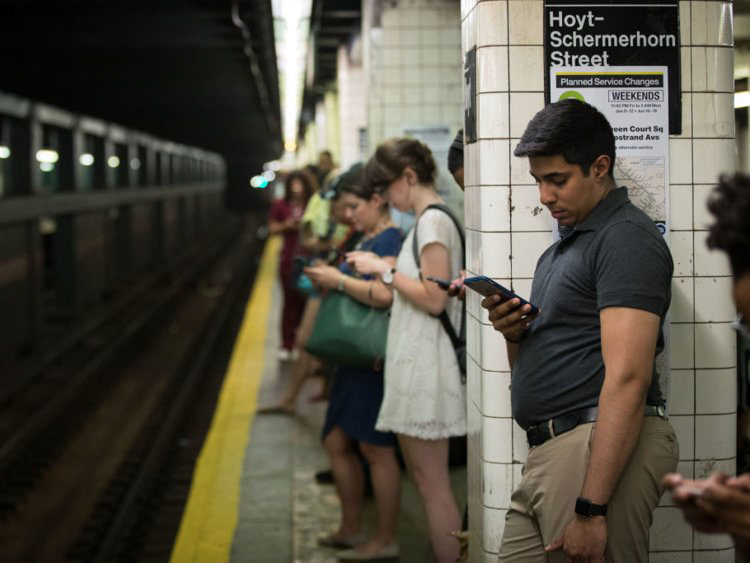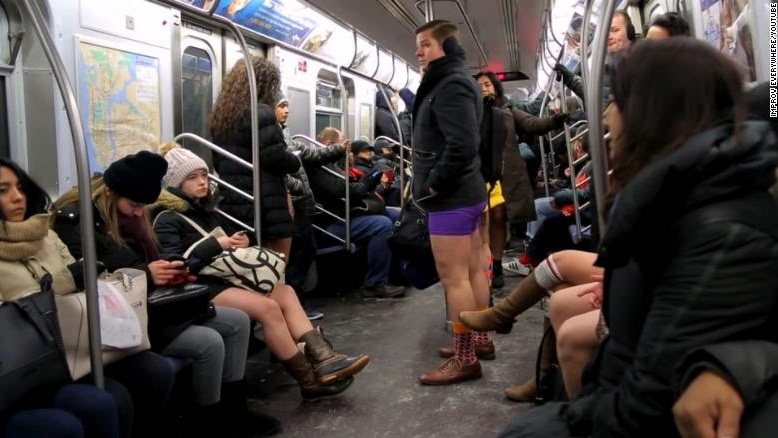



Credit: Bloomberg, Grist, Hannah Rudin, Improv Everywhere
Background
Public transit systems require us to be incredibly physically close to complete strangers. Commuting can necessitate being in this situation multiple times per day, yet the most normal thing to do is to do anything possible to avoid acknowledging that anyone else is around us. By burying ourselves in our phones, tablets, readers, and books, we blissfully avoid any sort of human engagement with the people with whom we travel.
JoyRide is here to tell us that we are missing something. We are limiting the scopes of our communities and networks, calling ourselves “New Yorkers” but refusing to see what that means. By increasing real interpersonal interactions, we can develop greater social tolerance and compassion, greater self-esteem, and reduced feelings of isolation within this big city.
JoyRide is a service that aims to convert at least one car per train to a “social car”, with intentional features to promote interactions rather than inhibit them. These features include food vendors, collaborative games, guest books, and community identification swag. JoyRide also hosts regular pop-up events in the social cars to attract more participants.
Process
We started by brainstorming a number of social outcomes and engagement domains that were relevant us during our daily lives as graduate students in New York City. Public transit came up as an engagement domain with particularly strong pain points, and we chose to combine it with the social outcome of reducing social media consumption.
After that, we used observational and immersive primary research (mostly on our own commutes) to identify the features and touchpoints for each part of the experience.
Finally, the branding and graphic design was created with the idea that the JoyRide venture would be made possible in partnership with the MTA and should reflect the iconic subway visual language. The familiar circles, colors, and typography are used in our branding, but arranged to interact with each other by touching and mixing, promoting the intentions of JoyRide.
User Experience
I was responsible for communicating the experience from the perspectives of our hypothetical users. To do this, I created two personas based on our identified painpoints, then wrote out their experiences in narrative form using our touchpoints. After that, I rearranged the narratives as journey maps, showing the actions of the users in response to our touchpoint at each stage of the experience.